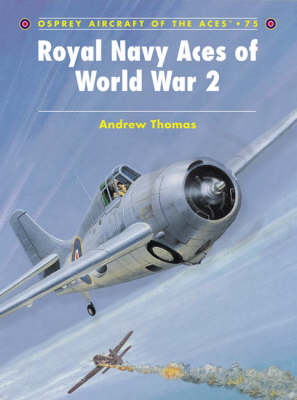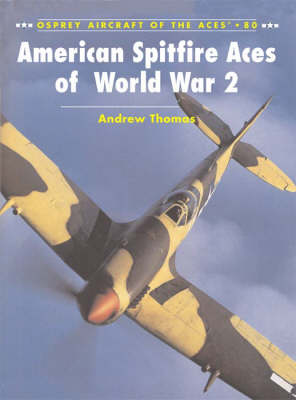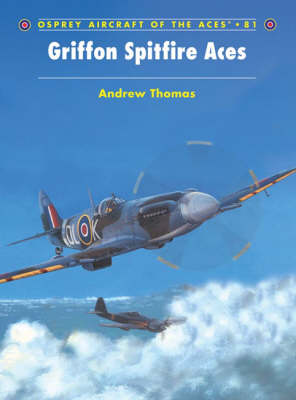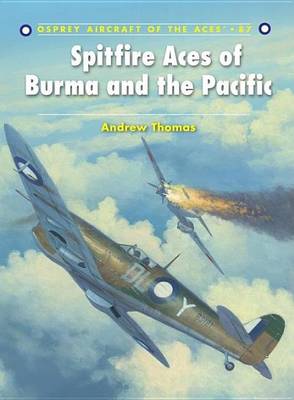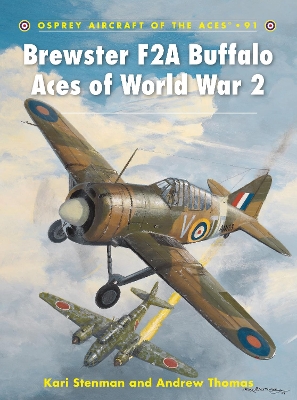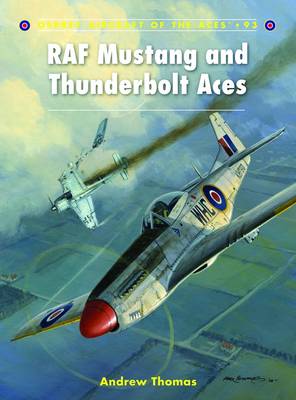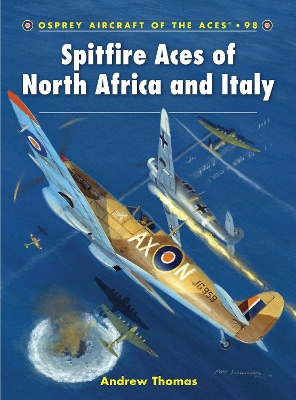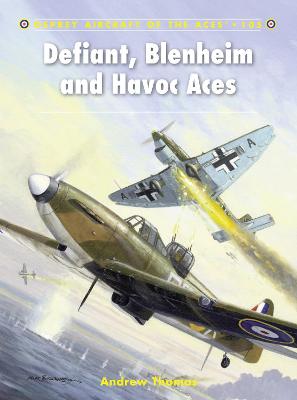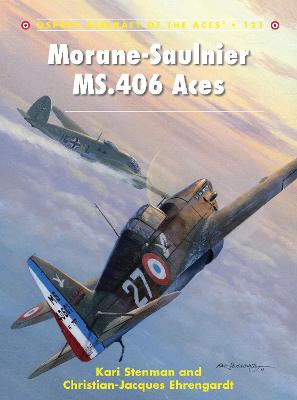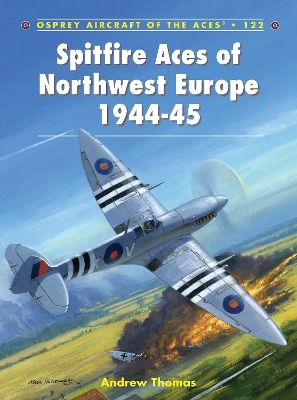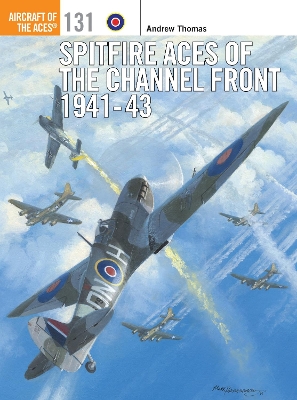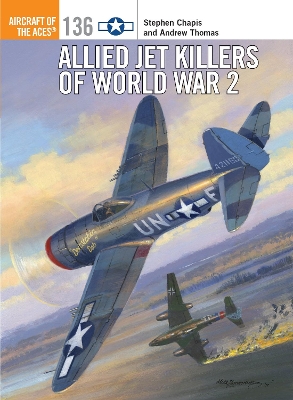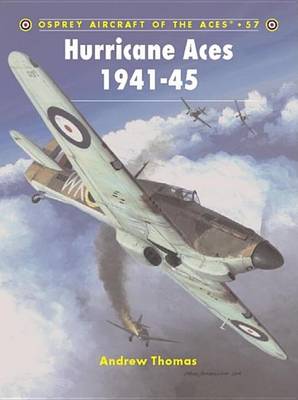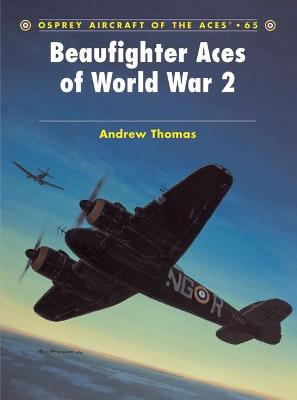Aircraft of the Aces
14 primary works • 16 total works
Book 69
Book 75
Book 80
Book 81
Some 14 pilots gained at least five victories on Griffon-engined Spitfires in World War 2, with another 13 aces claiming part of their totals on the type. In addition, 27 Griffon-Spitfire pilots shot down at least five of the dangerous V1 flying bombs to become 'Doodlebug' aces, whilst a large number of established aces flew the type successfully as wing and squadron commanders.
Book 87
Book 91
Brewster F2A Buffalo Aces of World War 2
by Kari Stenman and Andrew Thomas
Book 93
Book 98
Book 105
Book 113
Book 121
Morane-Saulnier MS.406 Aces
by Kari Stenman and Christian-Jacques Ehrengardt
Book 122
Book 131
This book reveals how first using the Spitfire I and II, and then following the introduction of the Bf 109 the cannon-armed Spitfire V, RAF squadrons embarked on a range of missions which included one of the most important air battles of the war, over Dieppe on 19 August 1942. Alongside British pilots were squadrons manned by exiled Europeans and pilots from the RAAF, RCAF and RNZAF. In just three years over 100 of these pilots were to rack up ace status in the Spitfire.
Book 136
A number of high-scoring aces from the Eighth Air Force (Drew, Glover, Meyer, Norley and Yeager, to name but a few) succeeded in claiming Me 262s, Me 163 and Ar 234s during the final months of the campaign, as did RAF aces like Tony Gaze and 'Foob' Fairbanks. The exploits of both famous and little-known pilots will be chronicled in this volume, detailing how they pushed their P-47s, P-51s, Spitfires and Tempests to the limits of their performance in order to down the Luftwaffe's 'wonder weapons'.

